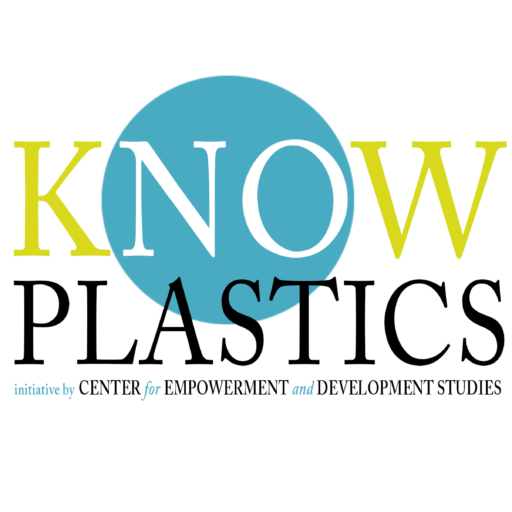All waste doesn’t need to be discarded. The majority of the world’s annual waste of 2.22 billion tonnes ends up in landfills or open dumps. Waste microfactories, invented by Veena Sahajwalla. A materials scientist and engineer at the University of New South Wales in Sydney, Australia. A solution to our tremendous waste issue. These little waste processors as small as 500 square feet contain a series of equipment that employs thermal technology to recycle waste and change it into new products. The revolutionary all-in-one strategy has the potential to obliterate our present recycling methods.
Sahajwalla opened the world’s first waste microfactory
In 2018, Sahajwalla opened the world’s first waste microfactory in Sydney, focusing on electronic waste, or e-waste. In 2019, a second one began recycling plastics. Her lab is now aiming to market its proprietary Microfactorie technology with academic and industrial partners. She claims that. Unlike most huge production operations, the machines’ tiny scale will make it easier for them to run on renewable energy in the future. Cities will be able to recycle waste into new goods on-site, eliminating long. Often worldwide, high-emission journeys between recycling processors and manufacturing factories. The days of having separate facilities to gather and store resources, extract constituents, and make new goods are over with a micro-factory.
Recycling operations often break down resources for reuse in comparable goods, such as melting plastic to manufacture more plastic items. Her creation expands on this concept by repurposing elements from an existing product to create something new. “The children don’t resemble their parents,” she observes.
Microfactories, for example, may dismantle outdated cellphones and computer displays and extract silica (from the glass) and carbon (from the plastic case), which we can combine to form silicon carbide nanowires. This produces a typical ceramic substance with several industrial applications. This is in relation with “the fourth R” by Sahajwalla, who adds “re-form” to the familiar phrase “reduce, reuse, recycle.”
Only 17.4% of e-waste was recycled in 2019, therefore the capacity to re-form represents a significant advancement in the issue of recycling complicated electronic gadgets. “With materials, we can do so much more,” Sahajwalla adds.
Traditional recycling hasn’t solved all recycling problems. She and her team already opened the second waste microfactory in Cootamundra, Australia, in early 2021, with plans to extend across the country in the coming years.


